Atole is a hot, thick beverage with a long history in Mexico and Central America. In this article, I’d like to answer some of your questions and introduce you to one of the most delicious and ancient Mexican drinks.

What is Atole?
Atole (ah-TOH-leh) whose name comes from the Nahuatl “atolli”, which means “watered down”, is a drink that dates from pre-Hispanic times, it was traditionally used by different indigenous tribes for healing or simply nutritional purposes.
This drink is made from nixtamalized corn dough or corn starch, diluted in water or milk, which gives it a thick texture and a particularly sweet taste.
Nixtamalized corn is the process in which the grain of the cob is cooked in an alkaline solution, usually, it is a combination of water with cooking lime. Once soaked, it is ground to obtain the dough used to make tortillas.
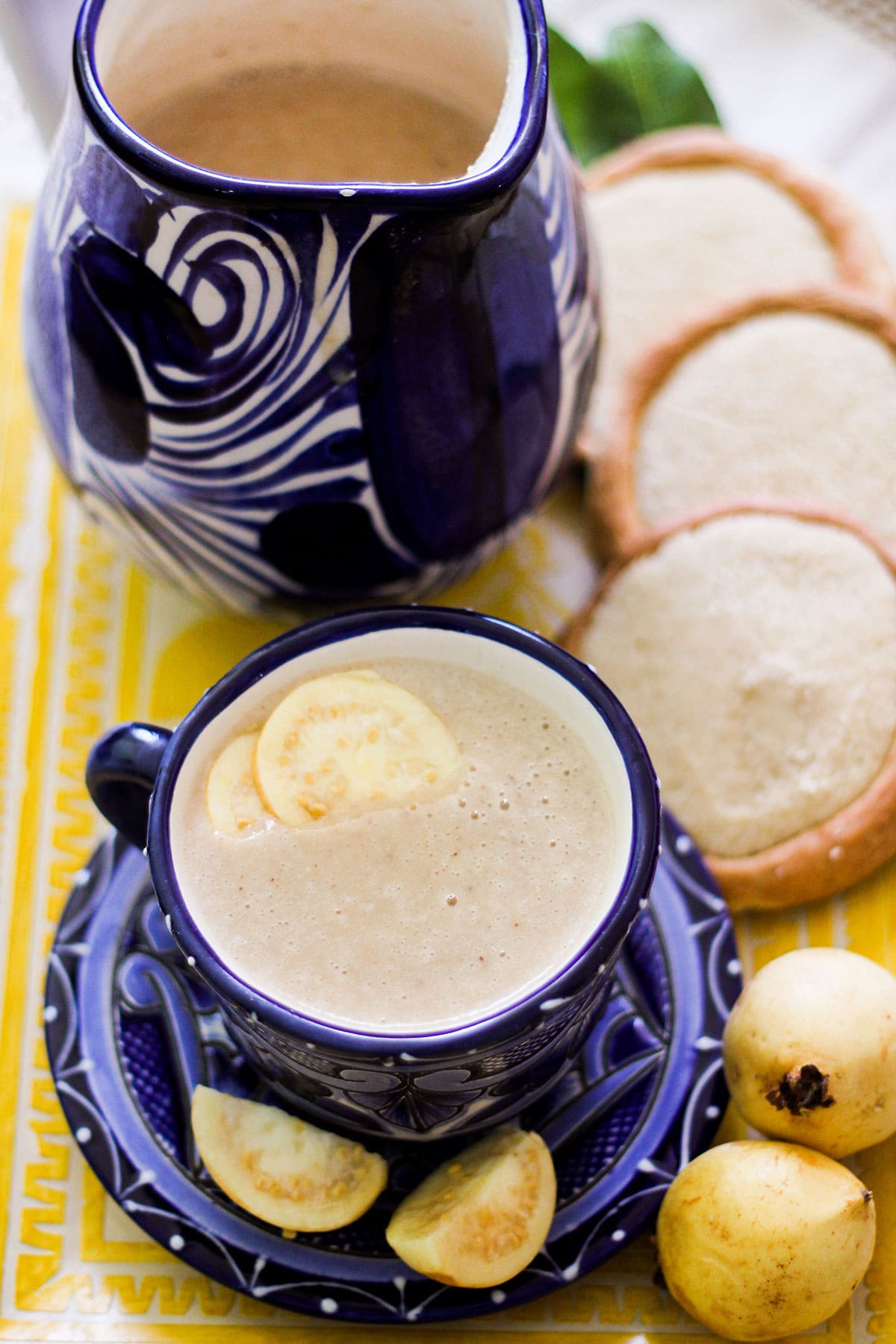
This Mexican beverage is not only delicious, but it is also nutritious! Whether made from white, yellow, or purple grain corn, it is a food rich in fiber, potassium, phosphorus, zinc, magnesium, antioxidants, as well as vitamins B1 and B7.
It is an excellent source of energy, for every 100 grams of cooked corn, there are 123 calories. And, if we add extra ingredients like fruits or nuts, the nutritional value will positively change.
When Is It Consumed?
This Mexican corn beverage is usually consumed all day long. In the morning, for la merienda (afternoon light meal), or for dinner on those cold days.
It is common to see street stalls selling this hot drink alongside with tamales outside offices, near restaurants, or markets.
For many Mexicans, on their way to work, stopping for an atolli + tamal combo is a ritual and part of their traditional breakfast.

This prehispanic drink is also widely consumed during festivities such as Día de Los Muertos (Nov 2), Día de la Candelaria (which takes place on February 2nd), Christmas, and New Year’s Eve.
During the observance of the Day of the Dead, one custom is to place jarritos (clay mugs) with this hot beverage on the altars of the dead or on their graves, so the spirits of the departed will come back and enjoy it as they used to do when they were alive.

Types and Variations
The variety of combinations of flavors and ingredients is very wide, each region has its own type of atolli and way of seasoning it.
The color is determined by the type of corn grain. It is common to use blue, yellow, or white corn flour masa, giving the drink a particular color.
Flavors and aroma can vary depending on the spices and ingredients used creating an endless range of recipes for atolli. Here are some of the most popular:
| Spices and aromas: | Fruits, nuts, and seeds: |
| Cocoa | Guayaba (guava) |
| Canela (cinnamon) | Pineapple |
| Vanilla | Coconut |
| Orange peel | Strawberry |
| Piloncillo | Blackberry |
| Chilies | Nuts (almonds, walnuts, hazelnuts) |
| Rompope (eggnog) | Peanut |
| Anise star. | Rice |
| Cajeta | Oat |
What’s the difference between Atole and Champurrado?
One of the most popular recipe versions in all regions of Mexico is the famous champurrado.
The difference between atole and champurrado is that the last is made always with chocolate or cocoa, while the other not will always include it. Both beverages are similar in texture, but champurrado is a little bit thicker.
Traditional Recipes Overview
- TRADITIONAL: It is made with nixtamalized dough (or masa harina) and water/milk. It is the most “simple”, sometimes it is flavored with some spices like cinnamon stick, but it can also be consumed “naturally”.
- CHILEATOLE: From eastern-center states, the drink is consumed soup style in its salty variant, to which you can add chili, vegetables, and even meat.
- DE SAGÚ: It is a drink that has been used for medicinal purposes by the Purépecha people. The mixture is made from a plant that bears the same name.
- DE ZITUN: It is common in the Michoacan region, it is made of blackberries, giving it an exquisite sweet flavor and purple color.
- CHILATE: A cold version made with cacao, rice, cinnamon, and sugar. This recipe is very popular among the Mixtec, Amuzgos, Tlapanec, and Afro-Mexican people from Guerrero.
- DE TEJA: Very common in Queretaro and in the State of Mexico. It is made from sunflower seeds dough.
- TANCHUCUÁ: Consumed in the peninsula of Yucatan and Tabasco, is prepared with fresh corn, peppercorns, anise, and ground cacao.
- NEGRO: It is prepared on the night of the Day of the Dead, it has corn dough, corn hair (from fresh corn on the cob), cocoa shell, anise, and piloncillo. The ingredients are burnt to give it a dark color, hence the name. It is very popular in the states of Michoacan, Guanajuato, Colima, and Jalisco.
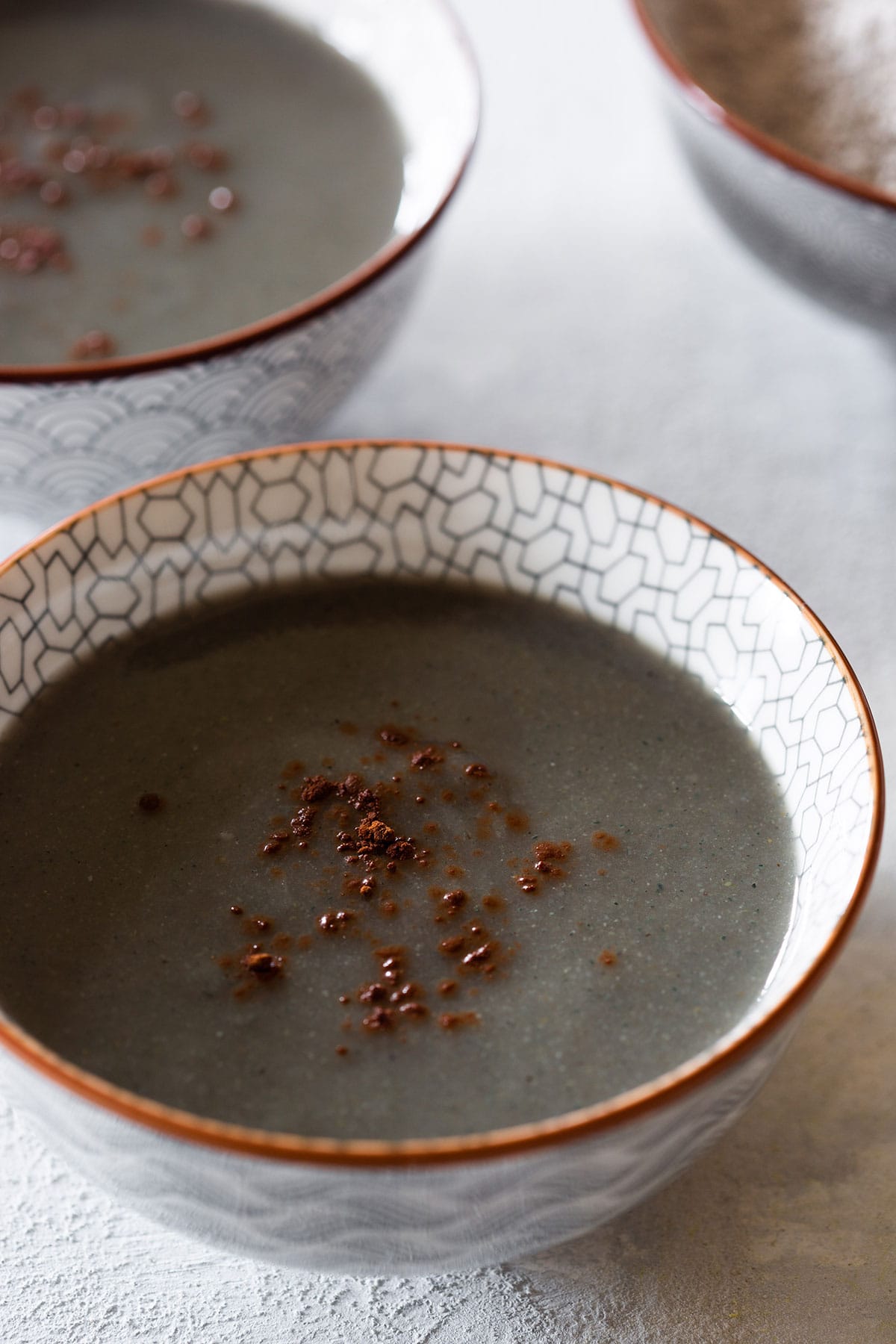
Dichos (sayings from Mexico)
Atolli is not only part of Mexican gastronomy and history, it has also generated many sayings and phrases widely used within the Mexican culture. Let’s look at some examples:
- Más vale atole con risas que chocolate con lágrimas (atolli with laughter is better than chocolate with tears): Although its flavor is delicious, previously was considered a drink for the poor classes, and chocolate was related to the upper classes, hence the saying, it can be interpreted as better to be happy even if you are poor than to be rich but unhappy.
- No se puede chiflar y beber atole (you can not whistle and drink atolli): It is better to do one thing at a time than two done poorly.
- Si con atolito vamos sanando, pues atolito vámosle dando (if with atolito we are healing, then we keep on with the atolito): Probably its origin was related to the healing properties that are given to the atole in some regions. This saying can be interpreted as if a method is effective, it should be followed rather than trying a new one.
- Contigo la milpa es rancho y el atole champurrado (With you the corn field is as beautiful as the countryside and atol is sweetened with chocolate). Is a love expression about no matter how things go, with your beloved one at your side everything looks better.
- Dar atole con el dedo (give atole with a finger): It is one of the most common sayings, it means to deceive someone. Its origin has to do with giving “a little taste” – or palliative – to someone to calm him down.
Recipes
Now that you know more about this Mexican hot drink and its enormous possibility of flavors and textures, I hope you give a try to any of our recipes listed below.
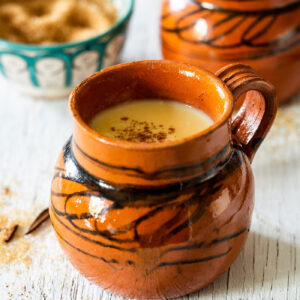



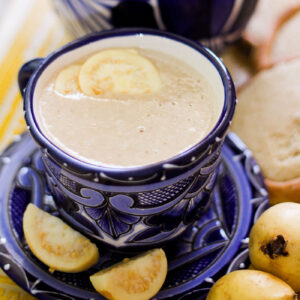

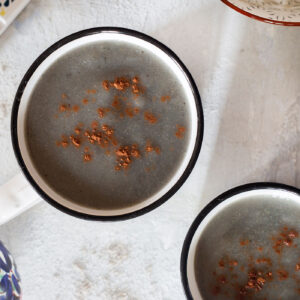

FAQ
What does atolli mean in Spanish?
Atl (agua) and olli (líquido viscoso). It refers to a watery and viscous beverage.
Can be made with masa harina?
Yes. You can make atolli by preparing the dough with masa harina + water.
Can you make it with almond milk?
Yes. You can use any plant-based milk to make this Mexican drink, including almond milk. Other types also work, such as soy, oats, and rice.
Can you freeze it?
Yes, but it will depend on which ingredients you used to make it, as some will freeze better than others.
As you can see, this is not only a delicious beverage, but it is also a cultural representative that Mexico and Central America share with the world.
We’d also like to know what do you think about this Mexican drink. Have you tried it? Do you have a favorite flavor? Leave your comments below and let us know what you think.
Also, if you liked this article, please don’t forget to share it on your social media and follow this blog.
- Follow us on FACEBOOK for blog updates.
- Tag us on INSTAGRAM if you share this article.
- Check up and follow our YOUTUBE channel.
- Pin the image below and follow this blog on PINTEREST.



The meaning of “Contigo la milpa es rancho y el atole champurrado” is more like “With you, my garden is a ranch and my (simple, plain) atole is (fancy and more expensive) champurrado.” So, it says that simple is wonderful when I’m with you.
Thank you! Really enjoyed learning from you.
How do you make pineapple Atole?
Hi, honestly, I don’t remember how my mother used to make it with fresh pineapple, but I’ve made it many times with canned pineapple by just blending it with evaporated milk and corn starch, then cooking it as regular atole (check one of our recipes to know how).